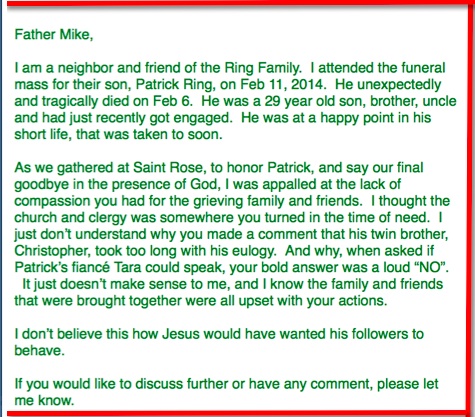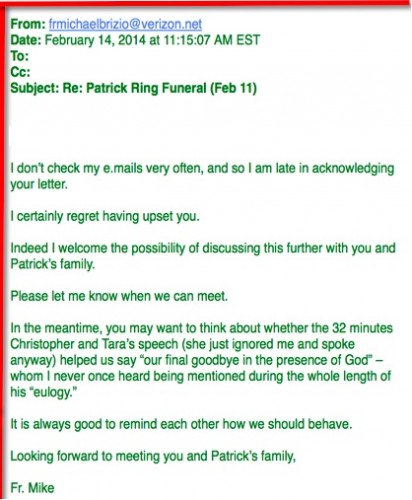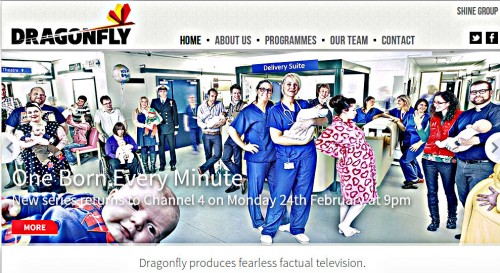A letter in last Thursday’s Times tells us something, perhaps, about the evolution of society’s thinking about dying, death, the competition for NHS resources, futile care and the declining value life holds for the ageing and the elderly both in the eyes of society and in their own eyes:
Sir, It makes sense to limit some expensive drug treatments to the people who can best benefit society as well as improving the quality of life for the patient. I am an old person (73) and an ex-nurse and I do not understand why so many oldies are obsessed with getting every treatment available, to prolong their lives.
My mental and physical health are deteriorating. This is a fact of life, not a complaint. If I should become ill I will gladly forgo any expensive cure to allow someone younger than me to improve their opportunity of a better quality of life, and the chance of being more use to society. I ask only for palliative care and the chance of a quick release from life when I feel ready to go. I am not alone in this attitude.
The fact is that many old people are a burden on society. Like all nurses I have cared for the elderly as well as I could, but there were many occasions when I wondered why we were doing it. People who cannot accept this argument should work for a few months in a care home where many patients are demented, incontinent, unable to care for themselves, and have no visitors.
Like many of my friends I have made a living will to express my wishes in the event of acute illness. I would like to be able to apply for a prescription which could be used if I ever feel like a quiet and peaceful exit before things get too bad.
Gill Pharaoh — Pinner, Middx
Matthew Parris made this contribution to the debate:
I’m 65 this year and I wouldn’t dream of expecting the taxpayer to divert scarce funds my way for expensive drugs that would do more good for a teenager. My conscience even troubled me over the cost to the NHS of an operation last December to stop my right hand clawing up, as I can manage perfectly well without a couple of fingers.
My late father (a retired electrical power engineer) told me after the Chernobyl disaster that they should use oldies like him to go in and secure the generators. He was serious. I never admired him more.




